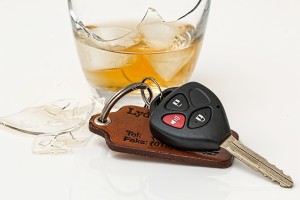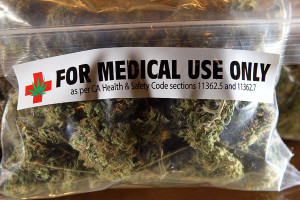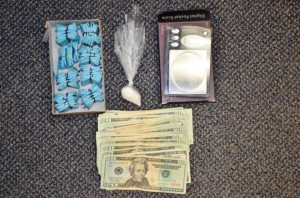 The DUI laws in Maryland change almost every year, which makes it difficult for the average person to know what to expect in the days and weeks following an arrest. This is especially true for out of state drivers from states such as Pennsylvania, Virginia, Delaware and others. Two of the biggest questions after being arrested for DUI are going to jail and losing your license, so for this post we’ll focus on those two issues.
The DUI laws in Maryland change almost every year, which makes it difficult for the average person to know what to expect in the days and weeks following an arrest. This is especially true for out of state drivers from states such as Pennsylvania, Virginia, Delaware and others. Two of the biggest questions after being arrested for DUI are going to jail and losing your license, so for this post we’ll focus on those two issues.
Will I go to jail if I’m arrested for DUI in Maryland? First of all, the following paragraphs apply only to those defendants that intend to plead guilty. If you believe you were wrongfully arrested you should certainly consider taking your case to trial (we always recommend a jury trial for DUI). While no lawyer will ever be able to guarantee or predict a specific outcome it is extremely rare for a first offender to serve jail time for a first DWI or DUI. This is true in all jurisdictions, including the federal courts that handle citations issued on certain federally maintained roads like the BW Parkway (295) and the Clara Barton Parkway, or on military bases like Fort Meade and Andrews. Unfortunately there are exceptions to this no jail for a first offense rule for cases involving injury accidents, extremely high BAC levels or not cooperating with police.
As for repeat offenders, the prospect of jail time increases depending on the number of priors and the time that has elapsed since the priors. A defendant with one prior DUI that happened more than 5 years ago could certainly make a good case for a probation sentence, while a third time offender will have a more difficult time accomplishing this goal. Maryland law imposes a mandatory 5-day sentence for a second DUI conviction within 5 years and a mandatory 10-day sentence for third conviction within 5 years of the last. The best way to avoid jail time regardless of if you are a repeat offender is to be proactive, and show the judge this will never happen again. We advise each of our clients to immediately seek out an alcohol education program, set up an evaluation and comply with any treatment recommendations. You may not need counseling, but it will absolutely help in court and the judge will probably order it anyway. After finishing the program be sure to obtain a certificate that you can present in court, and be ready to speak about your experience and answer any questions about what you learned. An attorney can and should assist you in finding the right program.
 Criminal Defense Lawyer Blog
Criminal Defense Lawyer Blog









